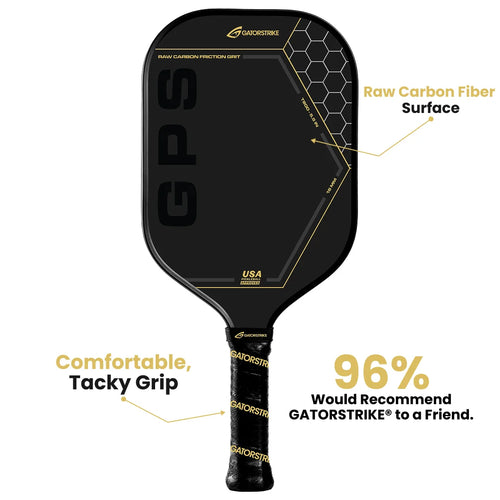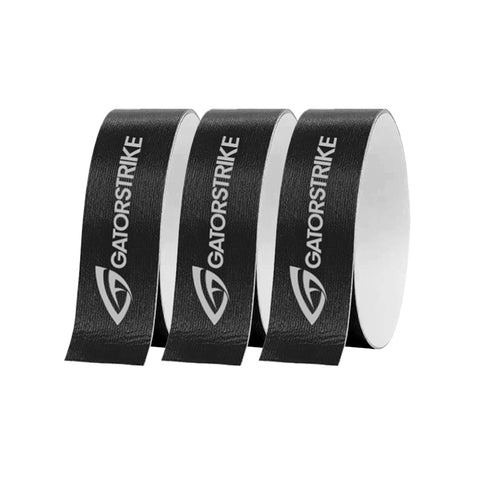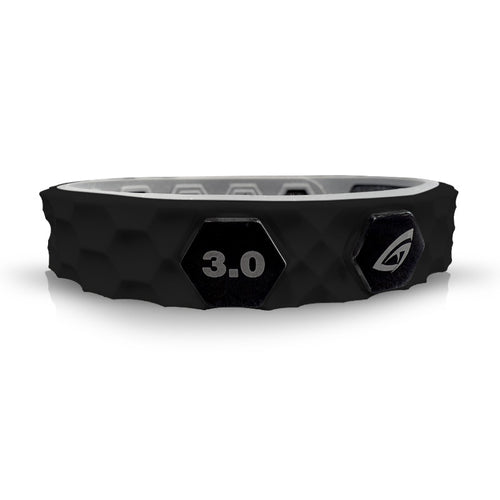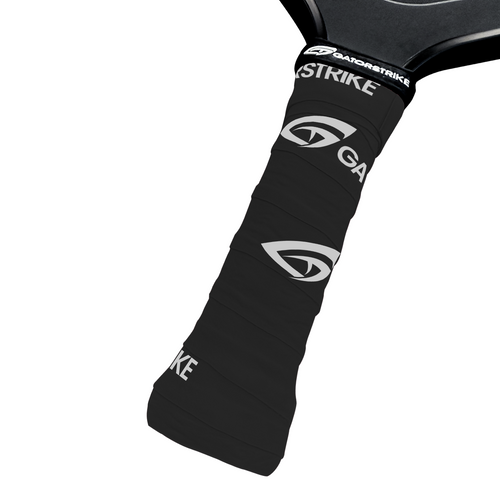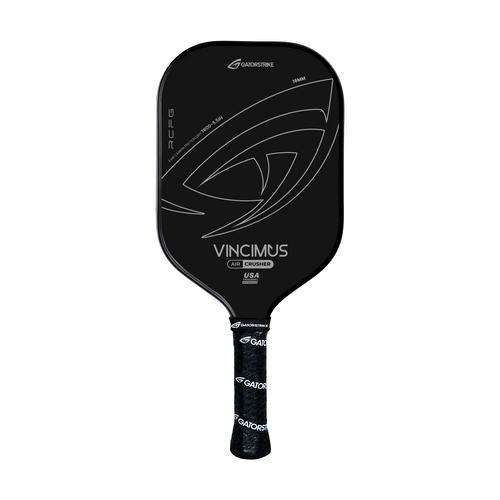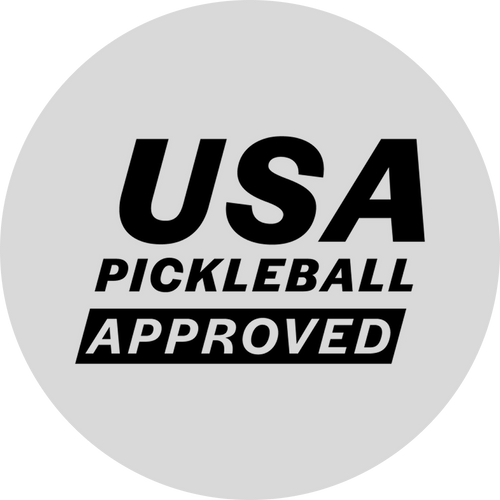
How to Dominate the Kitchen Line in Pickleball
Share
Mastering the kitchen line in pickleball is like finding the secret sauce for victory. This 7-foot zone, officially known as the Non-Volley Zone (NVZ), is where finesse and strategy converge. If you can dominate this small area, you can control the entire game. Here’s how you can turn the kitchen line into your personal power zone.
Commanding Court Position
Staying close to the kitchen line is a critical element of control. The closer you are, the easier it is to execute aggressive dinks and volley returns. But standing too close can backfire—step on the line, and you’ll violate the non-volley rule. Aim for a precise position: about 6 inches behind the kitchen line, ensuring you can lean in for a dink while still retreating quickly when needed.
Key Insight: Your proximity to the kitchen gives you control of the "no man's land" between baseline and net, forcing your opponent to react under pressure.
The Art of the Dink
The dink is your bread-and-butter shot at the kitchen line. This gentle, controlled shot can be your best friend if you wield it with intention. A successful dink lands softly in your opponent’s kitchen, making it nearly impossible for them to return with any real power. Practicing low, controlled dinks will help you to keep your opponents on their heels.
Pro Tip: Mix up your dinks—alternate between forehand and backhand dinks to keep your opponent guessing and struggling to maintain balance.
Mastering the Volley
To truly dominate the kitchen line, you need a strong volley game. Volleys at the kitchen line require quick reflexes and solid paddle control. When the ball comes at you fast, it’s tempting to swing hard, but the key is to absorb the pace, allowing the ball to lightly pop off your paddle.
Focus on keeping your paddle high, eyes on the ball, and reacting with a controlled, soft punch. Power isn’t the goal here—precision is. You want to keep the ball low, making it tough for your opponent to counterattack.
The Split Step: Be Ready for Anything
Footwork is pivotal when owning the kitchen line. One footwork maneuver that will elevate your kitchen dominance is the split step. As your opponent prepares to strike, hop lightly into the air and land on the balls of your feet. This gets your body into an athletic, ready position, allowing you to react swiftly in any direction.
Outmaneuvering Your Opponent
Controlling the kitchen line doesn’t stop at great shots—it’s also about outthinking your opponent. Constantly assess your opponent’s positioning and reaction. If you notice them leaning too far to one side, send a sharp dink to the opposite corner. If they’re hesitating at the baseline, a surprise drop shot will bring them scrambling forward.
Advanced Tip: Perfect your lob shot. While it’s riskier, a well-timed lob from the kitchen line can catch your opponent off guard, especially if they’ve committed to defending at the net.
The Mental Game: Patience is Power
Kitchen line dominance is as much about patience as it is skill. The beauty of this part of the game is that it’s often a waiting game. You’ll trade dinks with your opponent, waiting for the moment they overreach or lose focus. Then, strike with precision and capitalize on their mistake.
It’s easy to get impatient and attempt an aggressive shot too early, but the most successful players stay calm, biding their time until the perfect opportunity arises.
Staying Agile
To own the kitchen line, you need to remain fluid and agile. After every shot, make sure you reset into a neutral position. Don't get stuck leaning to one side or standing too tall. A low, flexible stance enables you to react swiftly to any ball that comes your way.
Pro Insight: Use dynamic movements—small steps, pivots, and shifts—to maintain balance and readiness.
Conclusion
Dominating the kitchen line is the hallmark of an elite pickleball player. By combining strategic positioning, precise dinking, controlled volleys, and mental sharpness, you’ll transform this 7-foot zone into your playground. Remember: it’s not about overpowering your opponent at the kitchen—it’s about outthinking, outlasting, and outmaneuvering them. Take command of the kitchen, and the game is yours.
